Gary A. Donahue9780596101510, 0596101511
Table of contents :
Network Warrior……Page 1
Table of Contents……Page 8
Preface……Page 16
Conventions Used in This Book……Page 17
We’d Like to Hear from You……Page 18
Acknowledgments……Page 19
Part I. Hubs, Switches, and Switching……Page 22
What Is a Network?……Page 24
Hubs……Page 27
Switches……Page 31
Switch Types……Page 35
Power……Page 37
Installing and removing modules……Page 38
Routing cables……Page 39
What Is Auto-Negotiation?……Page 40
When Auto-Negotiation Fails……Page 41
Auto-Negotiation Best Practices……Page 43
Configuring Auto-Negotiation……Page 44
Connecting VLANs……Page 45
Configuring VLANs……Page 48
CatOS……Page 49
IOS Using VLAN Database……Page 50
IOS Using Global Commands……Page 52
Trunking……Page 54
How Trunks Work……Page 55
ISL……Page 56
Which Protocol to Use……Page 57
Trunk Negotiation……Page 58
IOS……Page 59
CatOS……Page 61
VLAN Trunking Protocol……Page 64
VTP Pruning……Page 67
Dangers of VTP……Page 68
IOS……Page 70
CatOS……Page 71
VTP Pruning……Page 72
IOS……Page 73
CatOS……Page 75
EtherChannel……Page 76
Load Balancing……Page 77
EtherChannel Protocols……Page 81
CatOS Example……Page 82
IOS Example……Page 83
Spanning Tree……Page 87
Broadcast Storms……Page 88
MAC Address Table Instability……Page 93
How Spanning Tree Works……Page 94
Managing Spanning Tree……Page 98
PortFast……Page 101
UplinkFast……Page 102
BackboneFast……Page 104
Common Spanning Tree Problems……Page 105
Duplex Mismatch……Page 106
Unidirectional Links……Page 107
Use Routing Instead of Switching for Redundancy……Page 108
Always Configure the Root Bridge……Page 109
Part II. Routers and Routing……Page 110
Routing and Routers……Page 112
Routing Tables……Page 113
The IP Routing Table……Page 116
Host Route……Page 118
Summary (Group of Subnets)……Page 119
Major Network……Page 120
Default Route……Page 121
Routing Protocols……Page 123
Communication Between Routers……Page 124
Metrics and Protocol Types……Page 127
Administrative Distance……Page 129
Specific Routing Protocols……Page 131
RIP……Page 133
RIPv2……Page 137
EIGRP……Page 138
OSPF……Page 142
BGP……Page 147
Redistribution……Page 151
Redistributing into RIP……Page 153
Redistributing into EIGRP……Page 156
Redistributing into OSPF……Page 158
Mutual Redistribution……Page 160
Redistribution Loops……Page 161
Route Tags……Page 163
A Real-World Example……Page 167
Another method……Page 170
Tunnels……Page 171
GRE Tunnels……Page 172
GRE Tunnels and Routing Protocols……Page 177
GRE and Access Lists……Page 182
HSRP……Page 184
HSRP Interface Tracking……Page 187
When HSRP Isn’t Enough……Page 189
Route Maps……Page 193
Building a Route Map……Page 194
Policy-Routing Example……Page 196
Monitoring Policy Routing……Page 199
Switching Algorithms in Cisco Routers……Page 202
Process Switching……Page 204
Interrupt Context Switching……Page 205
Fast Switching……Page 206
Optimum Switching……Page 208
Cisco Express Forwarding……Page 209
Process Switching……Page 211
Fast Switching……Page 213
Cisco Express Forwarding……Page 214
Part III. Multilayer Switches……Page 216
Multilayer Switches……Page 218
Configuring SVIs……Page 219
Native Mode (4500, 6500, 3550, 3750)……Page 220
Hybrid Mode (4500, 6500)……Page 222
Multilayer Switch Models……Page 224
Cisco 6500 Multilayer Switches……Page 225
Architecture……Page 227
Buses……Page 228
Enhanced Chassis……Page 231
MSFC……Page 232
Models……Page 233
Modules……Page 234
Module interaction……Page 235
Module types……Page 238
CatOS Versus IOS……Page 243
Stacking……Page 248
Interface Ranges……Page 249
Macros……Page 250
Storm Control……Page 254
Port Security……Page 259
SPAN……Page 262
Voice VLAN……Page 265
QoS……Page 268
Part IV. Telecom……Page 272
Introduction and History……Page 274
Telecom Glossary……Page 275
Understanding T1 Duplex……Page 289
Types of T1……Page 290
AMI……Page 291
B8ZS……Page 292
Framing……Page 293
D4/Superframe……Page 294
Performance Monitoring……Page 295
Bipolar Violation (BPV)……Page 296
Alarms……Page 297
Red Alarm……Page 298
Yellow Alarm (RAI)……Page 299
Loopback Tests……Page 300
Integrated CSU/DSUs……Page 303
CSU/DSU Configuration……Page 304
CSU/DSU Troubleshooting……Page 305
Framing……Page 309
M13……Page 310
C-Bits……Page 311
Configuring DS3s……Page 313
Clear-Channel DS3……Page 314
Channelized DS3……Page 316
Frame Relay……Page 320
Ordering Frame-Relay Service……Page 323
Frame-Relay Network Design……Page 324
Oversubscription……Page 327
Local Management Interface (LMI)……Page 328
Congestion Avoidance in Frame Relay……Page 329
Basic Frame Relay with Two Nodes……Page 330
Basic Frame Relay with More Than Two Nodes……Page 332
Frame-Relay Subinterfaces……Page 335
Troubleshooting Frame Relay……Page 337
Part V. Security and Firewalls……Page 342
Wildcard Masks……Page 344
Where to Apply Access Lists……Page 345
Top-Down Processing……Page 347
Most-Used on Top……Page 348
Using Groups in PIX ACLs……Page 349
Turbo ACLs……Page 352
Allowing Outbound Traceroute and Ping……Page 353
Allowing MTU Path Discovery Packets……Page 354
Configuring Port ACLs……Page 355
Configuring Router ACLs……Page 356
Configuring VLAN Maps……Page 357
Reflexive Access Lists……Page 359
Configuring Reflexive Access Lists……Page 361
Line Passwords……Page 364
Configuring Local Users……Page 365
PAP……Page 368
CHAP……Page 370
Enabling AAA……Page 374
Configuring Security Server Information……Page 375
Default RADIUS and TACACS+ server groups……Page 376
Creating Method Lists……Page 377
Login authentication……Page 378
PPP authentication……Page 380
Applying Method Lists……Page 381
Best Practices……Page 382
The DMZ……Page 384
Another DMZ Example……Page 386
Multiple DMZ Example……Page 387
Alternate Designs……Page 388
Interfaces and Priorities……Page 390
Names……Page 392
Object Groups……Page 393
Fixups……Page 396
Failover Terminology……Page 398
Understanding Failover……Page 399
Configuring Failover……Page 401
Monitoring Failover……Page 402
NAT Commands……Page 404
Simple PAT using the outside interface……Page 405
Simple PAT with public servers on the inside……Page 406
Port redirection……Page 407
DMZ……Page 408
Saving Configuration Changes……Page 409
Logging……Page 410
Troubleshooting……Page 412
Part VI. Server Load Balancing……Page 414
Server Load-Balancing Technology……Page 416
Types of Load Balancing……Page 417
Balancing Algorithms……Page 419
Server farms……Page 420
Port translation using SLB……Page 421
Content Switch Modules……Page 422
Real servers……Page 423
Virtual servers……Page 424
Port redirection……Page 425
Content Switch Modules in Action……Page 426
Common Tasks……Page 428
Upgrading the CSM……Page 432
Part VII. Quality of Service……Page 436
Introduction to QoS……Page 438
Types of QoS……Page 442
Priorities……Page 443
Flavors of QoS……Page 447
Common QoS Misconceptions……Page 448
Protocols……Page 451
Priorities……Page 452
Determine Bandwidth Requirements……Page 454
Class Maps……Page 456
Policy Maps……Page 458
Service Policies……Page 459
Determining Whether the Network Is Congested……Page 461
Resolving the Problem……Page 466
Configuration……Page 468
Monitoring QoS……Page 470
Incorrect Queue Configuration……Page 473
Priority Queue Too Small……Page 475
Priority Queue Too Large……Page 476
Nonpriority Queue Too Small……Page 477
Nonpriority Queue Too Large……Page 478
Default Queue Too Large……Page 479
Part VIII. Designing Networks……Page 480
Documentation……Page 482
Requirements Documents……Page 483
Port Layout Spreadsheets……Page 484
IP and VLAN Spreadsheets……Page 487
Bay Face Layouts……Page 489
Power and Cooling Requirements……Page 490
Tips for Network Diagrams……Page 492
Naming Conventions for Devices……Page 493
Three-tiered architecture……Page 494
Collapsed core—no distribution……Page 495
Configuration concerns……Page 497
E-Commerce Web Sites……Page 498
Small Networks……Page 503
Public Versus Private IP Space……Page 505
VLSM……Page 508
CIDR……Page 511
Allocating IP Network Space……Page 512
Sequential……Page 515
Divide by Half……Page 517
Reverse Binary……Page 518
IP Subnetting Made Easy……Page 519
What Is Accurate Time?……Page 527
NTP Design……Page 529
NTP Client……Page 531
NTP Server……Page 533
Human Error……Page 534
Multiple Component Failure……Page 535
Disaster Chains……Page 536
Troubleshooting……Page 537
Find Out What Changed……Page 538
Assume Nothing; Prove Everything……Page 539
Do a Physical Audit……Page 540
The Janitor Principle……Page 541
Maxim #1……Page 542
Maxim #2……Page 545
Maxim #3……Page 546
Why Everything Is Messed Up……Page 550
How to Sell Your Ideas to Management……Page 553
When to Upgrade and Why……Page 557
The Dangers of Upgrading……Page 558
Valid Reasons to Upgrade……Page 559
Why Change Control Is Your Friend……Page 560
How Not to Be a Computer Jerk……Page 562
Index……Page 566
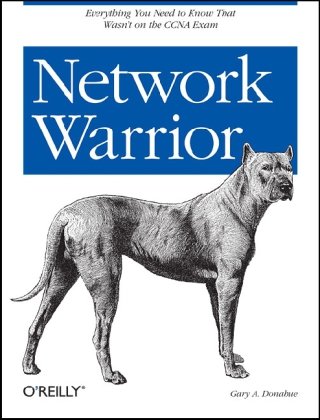
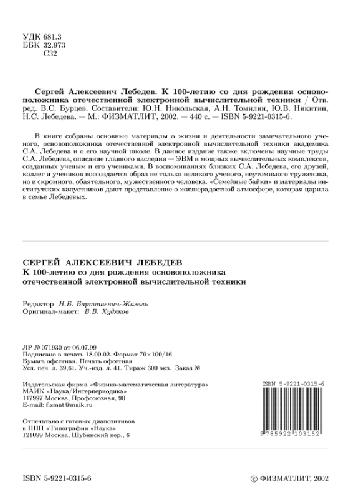
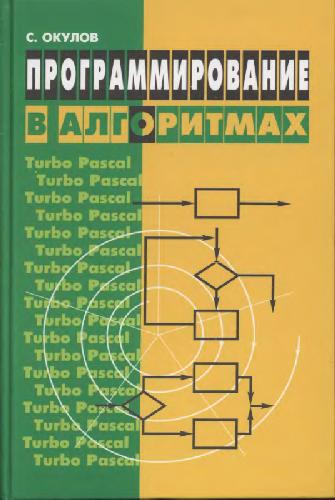
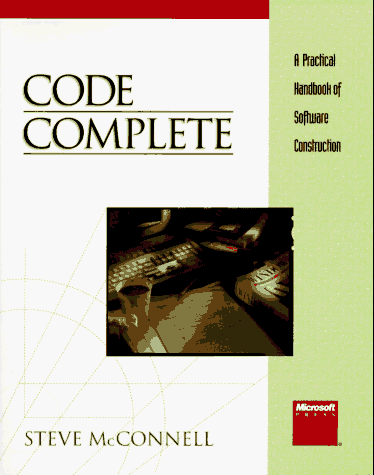


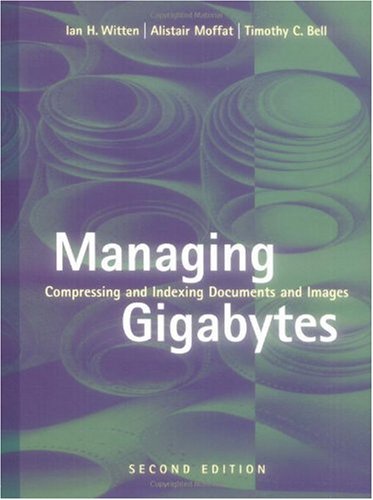
Reviews
There are no reviews yet.